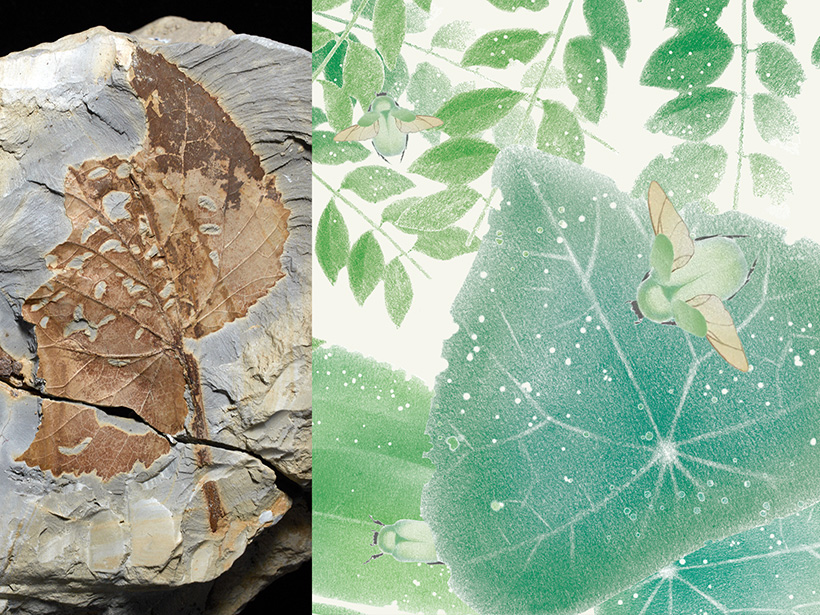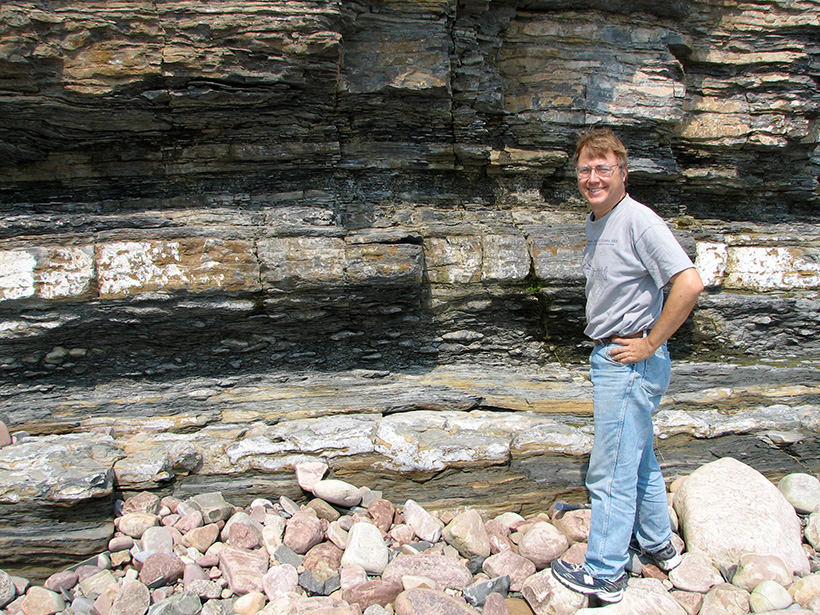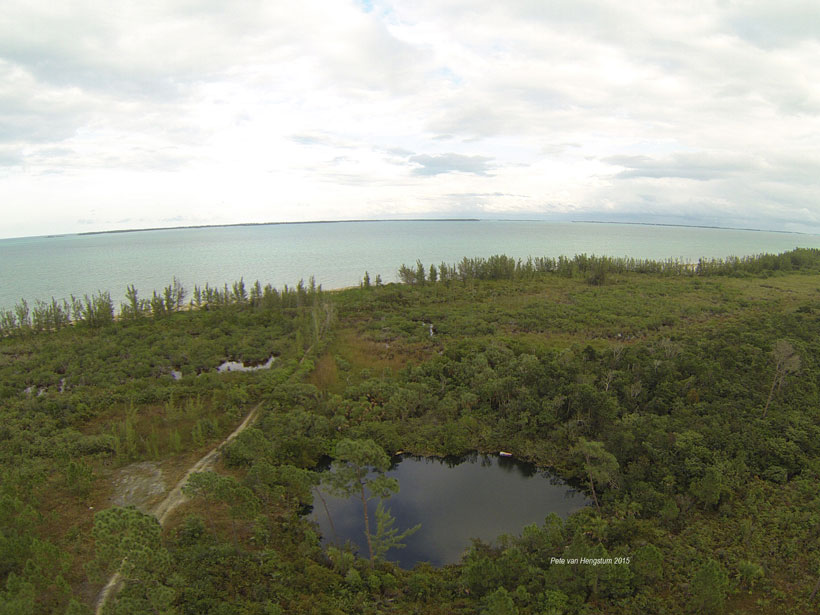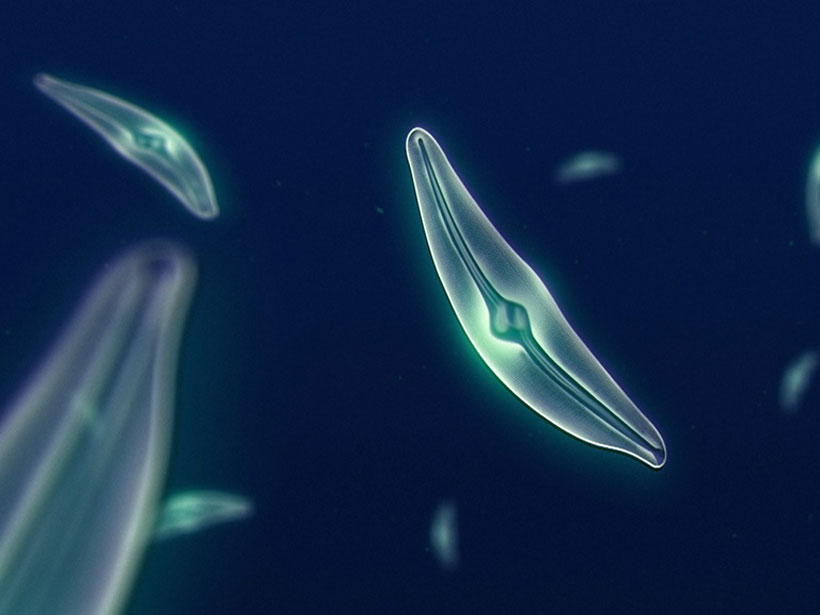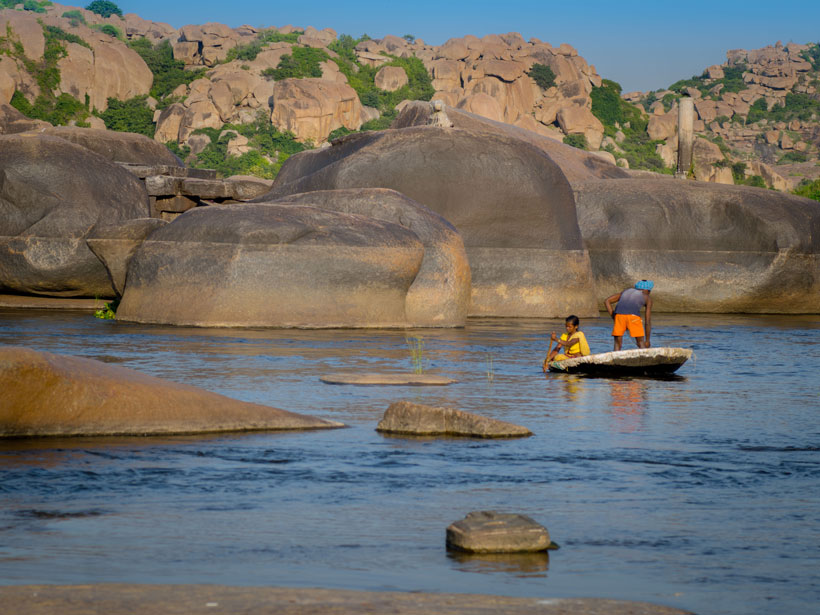In 6th century Italy, saints were said to perform an unusual number of water miracles. Paleoclimatological data from a stalagmite may reveal why.
paleoclimatology & paleoceanography
Chicxulub Impact Changed Tropical Rain Forest Biodiversity Forever
Sixty-six million years ago, an asteroid reset most of life on Earth. But without this catastrophic event, the composition of neotropical rain forests wouldn’t be the same.
Communicating Earth’s Deep Past: A Q&A with Andrew Knoll
The Earth historian’s new book illustrates the long and winding road that brought our planet into the current moment of global change.
Early Inhabitants of the Bahamas Radically Altered the Environment
Clues in sediments show that once humans arrived on Great Abaco Island, they hunted large reptiles to extinction and burned the old hardwoods and palms, leading to new pine- and mangrove-dominated lands.
Stalagmite Layers Reveal Hidden Climate Stories
A global investigation discovers where annually laminated stalagmites are found, analyzes their growth properties, and explains how they can be best used in Earth science research.
Oak Trees Offer a Continuous Climate Record for Central Europe
A method using nonpooled, continuous stable carbon and oxygen isotopes recorded in oak trees benefits climate reconstructions.
Ancient, Acidic Lakes May Have Harbored Life
A new analysis of South African sediments hints that acidic lakes may have leached minerals necessary for biotic life.
Red Rocks: Using Color to Understand Climate Change
A recent study on hematite formation during the Triassic may help predict the effects of climate change on contemporary monsoonal environments.
Cratons, Why Are You Still Here?
How have these continental relics from Earth’s early history survived the plate tectonic mixing machine?


